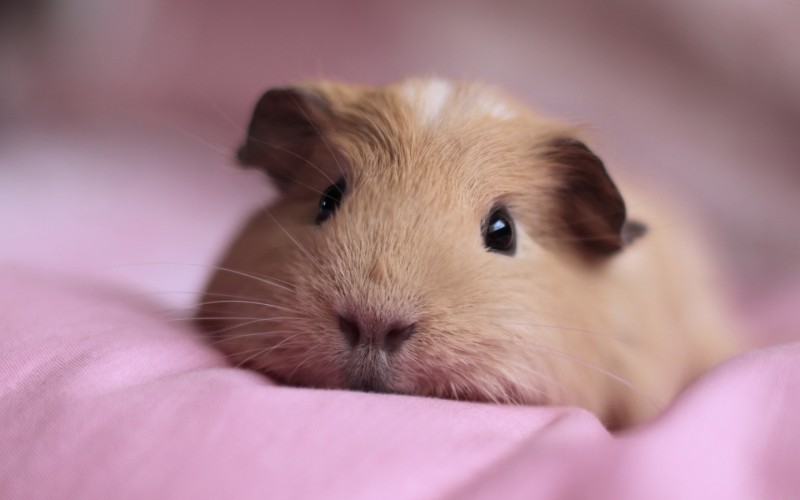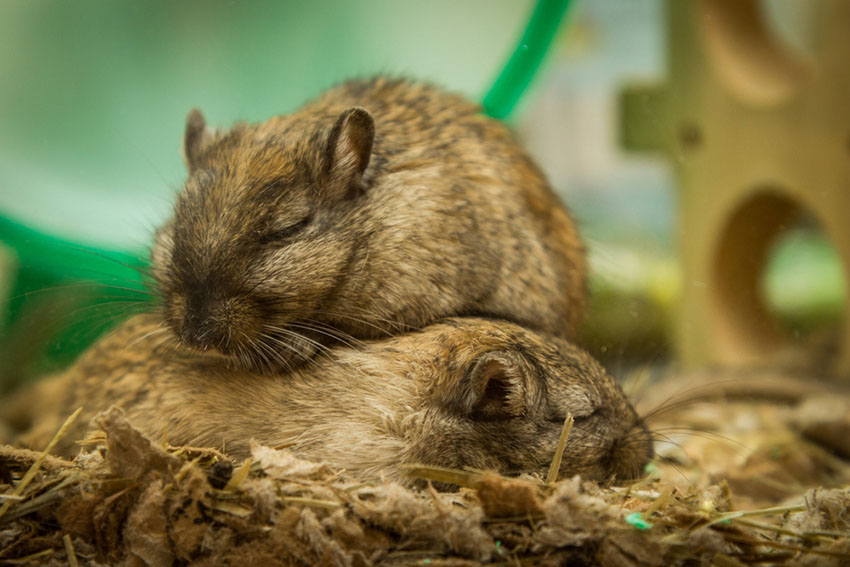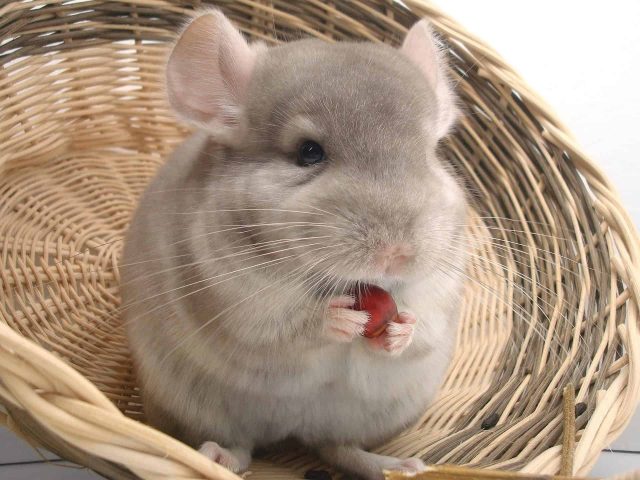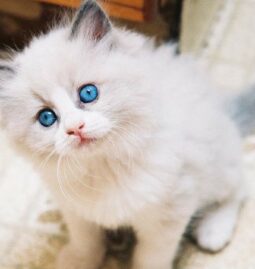When you are selecting a pet for your family, you also have numerous other options besides cats and dogs to consider. More compact and easier to care for, affordable and don’t require as much attention than other types of pets. Small pets can be a great option for teaching kids responsibility, says Dr. Jen Graham, assistant professor at the Cummings School of Veterinary Medicine. You should do as much research into small animals as you would when deciding on a larger pet. Some of the most common small pets like hamsters and guinea pigs have similar appearances, but have very different needs and behaviors. If you are looking for small pets that require less interaction and do not require a lot of care, a gerbil or even a chinchilla might be right for your family. When choosing a small pet for your home, consider these six options: some traditional and some unusual. Only after considering all six will you know which pet would be best for your family.

Table of Contents
Hamsters
This classic small pet is easy to take care for and can be trained to use litter, but hamsters can be quite nippy, and small breeds (females in particular) can be quite aggressive, warns Dr. Katherine Quesenberry, an exotic-pets expert at New York City’s Animal Medical Center. This makes some hamsters hard to handle; it is suggested that a larger breed be purchased in order to be more accommodating. A hamster needs a large cage, including tunnels and nesting areas for sleeping, which should be clean, but also easily washable. A hamster will typically live for about three years, allowing you time to consider if it is right for your child. On the other hand, if the pet does die, your child will have had her first experience with death. Unless a student has lost a family member or friend, the loss will undoubtedly be upsetting. However, it can also provide the student with the opportunity to gain an important life lesson. “It can be sad but also a way to introduce the idea that everything dies,” “You can be there as your child goes through the experience.”

Guinea pigs
Guinea pigs are members of the rodent family that can’t be more different than hamsters. The mice are mild and friendly rodents, which makes them unlikely to bite. Rabbits are social, meaning they tolerate being handled — as long as they are held carefully — and they won’t mind if young children want to interact with them. The guinea pig is an ideal pet for a child who is just starting to care for it because they are generally mild-tempered. Keep another guinea pig as a companion, and consider getting a second one to join the first. Guinea pigs have a longer life span, and require more time and effort than hamsters do, due to their bigger appetite for hay and vegetables. Guinea pigs are larger than other small mammals, so you need to clean their cage more frequently to make sure everything is sanitary.

Gerbils
“Gerbils are easy to take care of but not very hands-on,” “They’re suitable for kids who don’t want to be as involved as hamsters and guinea pigs.” Unlike hamsters and guinea pigs, gerbils have relatively short lifespans.” Gerbils are easy to feed because they have the same diet as rats and hamsters including rodent pellets and food blocks. Gerbils are not usually aggressive, so they can be easily held and handled, but they are very fast, so it is not likely that they will be held for a long time. Quickness implies a great deal of activity in the cage. This could spark curiosity in your child. Gerbils react more strongly to environmental changes such as humidity than other small animals. They are also sensitive to respiratory and fur problems. If you suspect you might have a gerbil become too comfortable in your environment, consult a veterinarian.

Rats
A rat may not be the first pet on someone’s list, but in some cases the rat is the best pet for families with small children. “Rats can be calm, laid-back, not as nippy as other small mammals, and they can be handled a lot.” They make ideal pets if you want your child to develop a strong bond with a pet, because they are interactive and able to learn tricks, such as retrieving objects and navigating mazes or obstacle courses. In addition to providing rats with cage accessories, providing a variety of toys, from paper towels to rope, will keep them occupied and happy. Rats are also easy to care for requiring a minimal food supply. The life-span in rats is short, as they typically live only two to three years.

Rabbits
These pet animals are best for young children provided they are also closely supervised by adults. Like guinea pigs, rabbits are gentle and sociable creatures with a balanced nervous system. Dr. Quesenberry advises that all rabbits should be spayed or neutered for safety reasons to avoid any aggression (and to prevent uterine cancer in females). It is especially important to maintain husbandry of rabbits when keeping more than one in a space. A rabbit can live an average of 8 to 12 years, is easy to care for, and can be litter-trained. Dr. Quesenberry points out the importance of feeding a rabbit an appropriate diet, such as grass hay, rabbit pellets, and vegetables.

Chinchilla’s
Chinchillas are a great choice for children who want to watch an animal, and avoid direct contact. Although chinchillas can be relatively gentle, they can be extremely agile and quick. In addition, they are not an appropriate choice for young children who aren’t able to handle them. In order to be healthy, they must eat chinchilla pellets with hay and vegetables as a treat. Chinchillas should be provided a dust bath instead of a bath in water. Purchase chinchilla dust (specially formulated to mimic the dust in their native habitat) and keep it on hand for emergency needs. A chinchilla must be exposed to dust baths 2-3x a week. The cage should be multilevel so that the chinchilla has the ability to climb up and down. It is no surprise that chinchillas can live longer than other rodents of their kind.

Hedgehogs
These spiny mammals are uncommon, have a short life span, and are cute, friendly, and relatively long-lived. And if you handle a hedgehog as a baby, you’ll train it to be sociable with you. A downside of them is that you may have to invest more money in their care. “Hedgehogs require special care and should be fed a balanced diet, but are prone to health problems. “They have a higher incidence of disease and sometimes develop oral cancer and get mites, so your vet bills may be a bit higher for a hedgehog.” Hedgehogs also require a specific diet containing vegetables and special diets with protein because they are omnivores. Some cat food may meet the requirement, but your veterinarian can provide additional advice. When deciding whether or not to get a hedgehog as a pet, one should research their local consumer laws, as it is illegal to own hedgehogs in some states.










